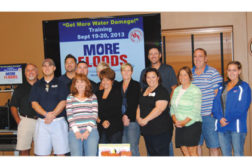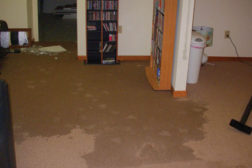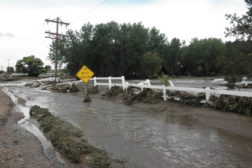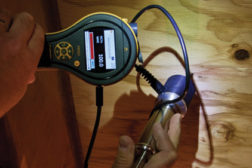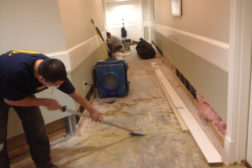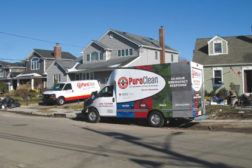Water Damage Restoration
Kärcher Contributes to Colorado Flood Cleanup Efforts
Kärcher joined forces with several volunteer organizations that helped to clean up hundreds of properties.
October 30, 2013
Dri-Eaz, RSA to Donate to Colorado flood cleanup
RSA and Dri-Eaz Products have donated equipment valued at over $20,000 to be used by Boulder Flood Relief to assist uninsured homeowners in the stricken region
October 15, 2013
Restoration Drying with Heat: Part I
Everyone dries with heat because water requires a substantial amount of heat (energy) to change from a liquid to a vapor
Read More
An Open Letter to the Cleaning and Restoration Industry Regarding Recent Colorado Flooding
Introducing Boulder Flood Relief (BFR), an organization to mobilize support and provide aid in aftermath of Colorado flooding.
Read More
It’s Not Drying... WHY?
Just because your moisture meter isn't reading "dry" doesn't mean that progress isn't being made.
Read More
Memoirs of a Broken Water Pipe: A Very Personal Case Study
Stories of a water damage situation that got a little too personal.
Read More
Restoring Long Island in Superstorm Sandy’s Aftermath
Both Long Island homes took two days to complete deconstruction and the damage estimates were between $6,000 and $6,500
Read More
Get our new eMagazine delivered to your inbox every month.
Stay in the know on the latest disaster restoration and remediation trends.
SUBSCRIBE TODAY!Copyright ©2022. All Rights Reserved BNP Media.
Design, CMS, Hosting & Web Development :: ePublishing

